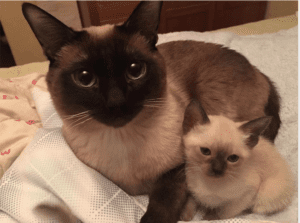- “Beat Orchestra”
“Beat Orchestra” gives aspiring hip-hop producers the opportunity to make rap beats in a fun and interactive way through the use of multiple sensors that serve as different instruments (eg. a physical kick drum on the ground one can stomp on to add a kick drum to their beat). This project would bring the fun of making music without forcing the monotony of the sole use of a monitor, mouse, and keyboard. This project could be used by people of all ages who are able to use their hands, arms, feet, etc. to engage with sensors to produce music for their and others’ enjoyment. After some research into music production, it turns out that most producers just use a monitor, mouse, and often an electric keyboard for all the instruments that go into a beat. This method sounds boring, repetitive, and alienating to those who don’t necessarily want to slouch over a computer to make music. With “Beat Orchestra,” anyone from small children to serious producers can start to see music production as an active activity.
- “Soccer Skills Assister”
Imagine Dance Dance Revolution but for learning how to do stepovers and other soccer skills. Various sensors are placed around a stationary soccer ball which light up depending on where the user is supposed to place his/her feet to perform the intended skill. In front of the user is a screen with a person demonstrating how the move should be performed in real life. The user can change difficulties by selecting different skills, and deciding at what speed they want to perform them. By altering the delay between the different light up sensors, the speed at which the user performs the skill can change. I was not able to find anything like this after some research online, so this is probably a trillion dollar idea that I should probably patent sooner rather than later. The intended audience is essentially anyone with function in their legs. It’s pretty much like Guitar Hero but for soccer, but “Soccer Skills Assister” can actually teach you something useable on a soccer field unlike Guitar Hero which just teaches you how to push buttons.
- “Security Sensor”
Everyone has some concern for the safety of their personal belongings, and the “Security Sensor” is marketable to anyone with drawers containing valuables they wish to protect from stealers. One just places the “Security Sensor” inside any drawer that contains valuables, and the light sensor on the “Security Sensor” detects that the drawer has been opened, and sends a message to the owner, and snaps a photo of the perpetrator as well. When you want to open the drawer yourself, simply turn off the “Security Sensor” from your phone. After initially learning about light sensors, I immediately thought of a fridge, and how the light (allegedly) is off when you close it, and on when you open it. A light sensor would know for sure whether the light is on or off, so why not apply this to a closed drawer or cabinet?
